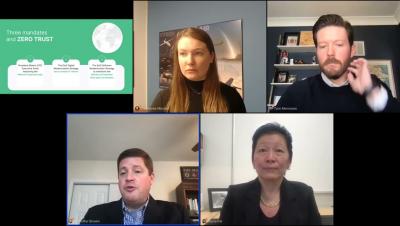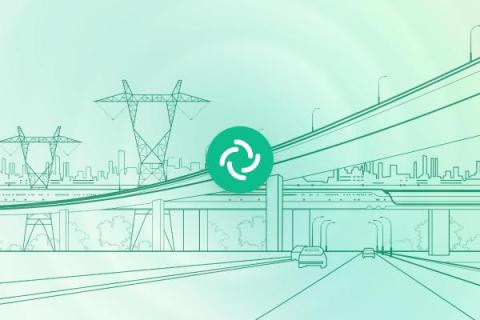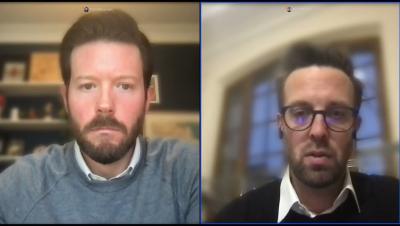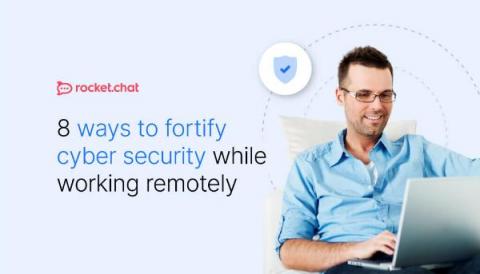Teams | Collaboration | Customer Service | Project Management
Security
Rocket.Chat - Secure and compliant collaboration platform
Rocket.Chat - Secure and compliant collaboration platform
The Online Safety Bill: An attack on encryption
We all want to be able to address abuse on the internet. In the UK, the government is trying to achieve this through the Online Safety Bill (OSB). Developing such a bill is difficult as technology evolves far faster than legislation. But even allowing for that challenge, and that the OSB has some genuinely good intentions, the proposed legislation is still remarkably poor.
Utility companies need secure, mission critical communications
In our increasingly volatile world, organisations are having to assess how well they can respond to a crisis. When considering their ability to communicate in a crisis, many companies running mission critical services are turning to Element. Critical national infrastructure is a high value target for all types of physical and cyber attacks, with both profit-minded criminals and rogue nations seeking to benefit by causing major - potentially life threatening - disruption.
Convene as Your Secure Document Collaboration Software: How can it help the company?
In today’s digital era, protecting the data and sensitive information of customers must be an utmost priority for companies. A small data breach would cost a business millions of dollars and could destroy the reputation that it has built since day one. Many companies are now investing in board management software to prevent data breaches. This platform enables enterprises and companies to conduct smoother yet safer operations, from task collaboration to board meetings.
Employee Monitoring & Data Confidentiality Practices
In today’s business world, employee monitoring and data confidentiality are crucial considerations for any organization. With the rise of digital communication and the increasing reliance on technology in the workplace, companies need systems to ensure that their employees are using company resources appropriately and that sensitive information is protected. One such way is using employee monitoring.
Cybersecurity Should be a Priority in Any Digital Transformation
Digital technologies have emerged as the most fundamental tools for the survival of businesses in the fiercely-competitive modern marketplace. Implementation of modern technologies helps achieve the most desirable business objectives. However, the adoption of innovations to facilitate digital transformation also brings cybersecurity challenges too.
Building Secure Chat Experiences That Convert, Engage and Retain Users
8 ways to fortify cyber security while working remotely
In 2020, companies were pushed to adapt to an unprecedented global pandemic. They shifted rapidly from an office-based workforce to a remote one. And with that went the protection of having employees connected through on-premise secure servers, which called for a remote work cyber security infrastructure to be installed. Employees had to configure the official devices through their home networks, and the IT department had to work at scale for remote work cyber security.











